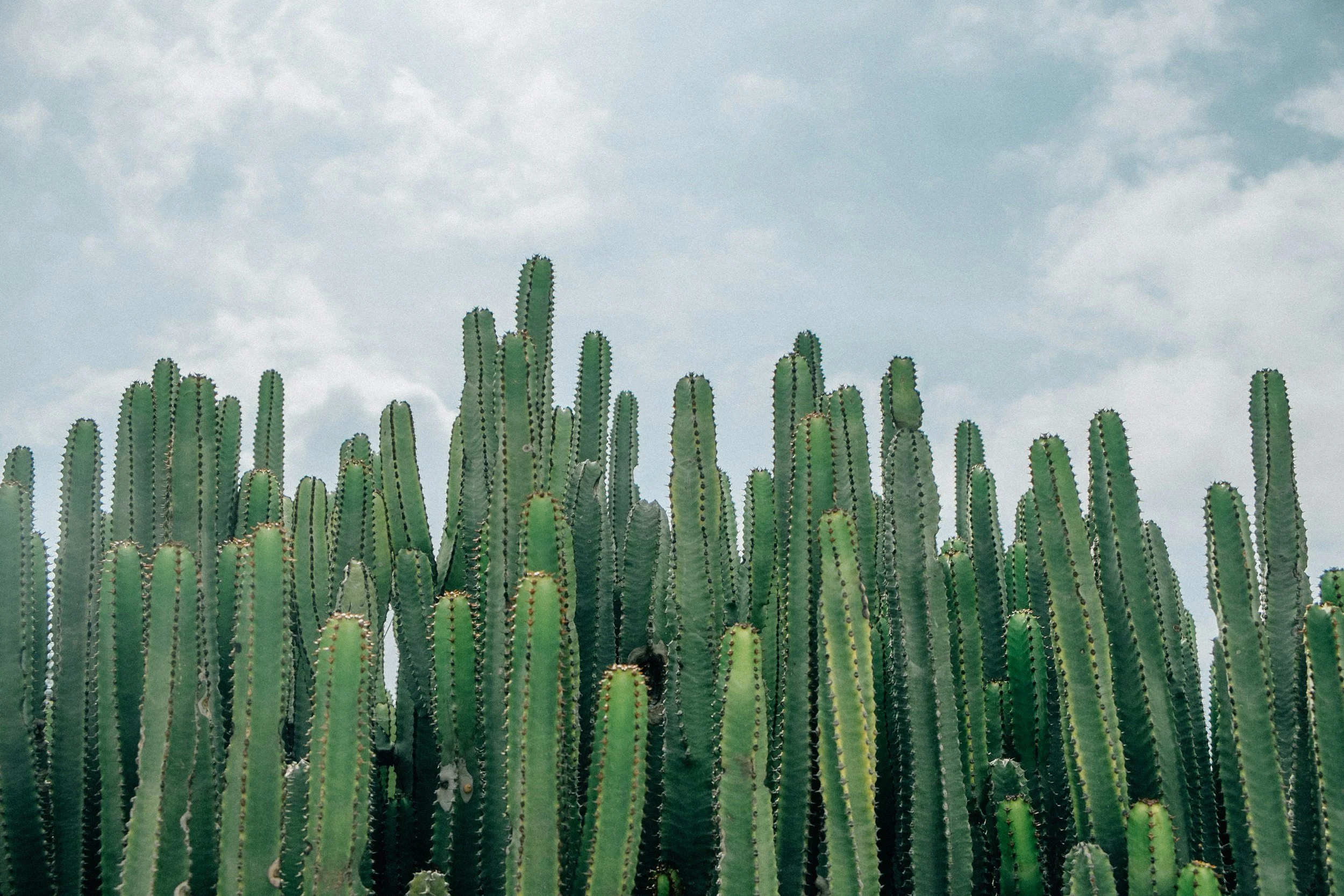Sacred Wachuma (San Pedro) Medicine: Origins, Effects, Administration, Safety, and Legalities
Origins and Traditional Use
Wachuma, also known as San Pedro (Echinopsis pachanoi), is a sacred cactus medicine that has been used for over 3,000 years in the Andes mountains of Peru, Ecuador, Bolivia, and Chile. Named San Pedro by Spanish colonizers (after Saint Peter, the gatekeeper to heaven), Wachuma has been revered by Andean shamans, curanderos, and Indigenous healers as a powerful plant teacher and spiritual guide.
Wachuma is traditionally used in ceremonies for healing, divination, and connecting with the natural and spirit world. It is believed to open the heart, expand consciousness, and bring wisdom and harmony to those who seek healing. Often associated with the Condor and the Great Spirit, Wachuma is considered a master plant that guides individuals toward personal transformation and self-discovery.
Effects and Experience
Wachuma contains mescaline, a naturally occurring psychoactive alkaloid, which induces a long-lasting visionary experience that is often described as gentle, heart-opening, and deeply introspective.
Common effects include:
Enhanced Connection to Nature – Many users report a deep sense of unity with plants, animals, and the Earth.
Heart Expansion & Emotional Healing – Wachuma fosters compassion, forgiveness, and emotional release, making it beneficial for inner healing work.
Heightened Visual and Sensory Perception – Colors appear more vivid, and nature often feels alive and interconnected.
Deep Introspection & Spiritual Insights – Participants may receive visions, messages, or deep realizations about their life path.
Altered Sense of Time – Time may feel slowed down or stretched, allowing for profound presence and reflection.
Physical Sensations – Some individuals experience tingling, warmth, or bodily energy shifts.
Possible Nausea and Purging – Some people vomit or experience digestive cleansing, which is seen as a release of toxins and negative energy.
The experience lasts 8-14 hours, with a gradual onset followed by an extended integration period. Wachuma is often described as a gentle yet profound teacher, providing deep wisdom and emotional clarity without the intensity of other psychedelics like Ayahuasca.
How Wachuma is Administered
Wachuma is prepared and consumed in traditional ceremonial settings, often guided by an experienced shaman or curandero.
Common methods of administration include:
Wachuma Brew (Traditional Tea) – The cactus is sliced, boiled for many hours, and strained into a thick, bitter tea. This is the most traditional and ceremonial way of ingesting Wachuma.
Fresh or Dried Cactus – Some traditions involve chewing small pieces of the cactus, though this is less common due to its bitter taste and fibrous texture.
Powder or Capsules – Dried Wachuma is ground into powder and encapsulated for easier consumption.
Extracts and Tinctures – Some practitioners prepare concentrated liquid extracts for microdosing or ceremonial use.
Safety and Contraindications
While Wachuma is considered safe in traditional settings, it is a powerful medicine that requires respect, preparation, and proper guidance. Certain individuals should exercise caution or avoid Wachuma altogether.
Heart Conditions & High Blood Pressure – Wachuma raises heart rate and blood pressure, which can be dangerous for individuals with cardiovascular issues.
Not Recommended for Those with Mental Health Disorders – Individuals with schizophrenia, psychosis, or severe bipolar disorder may experience exacerbated symptoms or difficulty integrating the experience.
Medication Interactions – Wachuma affects serotonin levels and should not be combined with SSRIs, MAOIs, antipsychotics, or other psychiatric medications.
Pregnancy & Breastfeeding – Due to its physiological effects, Wachuma is not recommended during pregnancy or while breastfeeding.
Potential for Nausea and Vomiting – As part of its cleansing process, some individuals experience purging (vomiting, diarrhea, or sweating). This is considered a natural and beneficial detox in traditional settings.
Not Recommended for Individuals with Epilepsy or Neurological Disorders – Mescaline can affect neural activity, potentially triggering seizures in sensitive individuals.
Legalities
The legal status of Wachuma varies by country:
Illegal in Some Countries – Mescaline is classified as a Schedule I substance in the United States, making it illegal for general use. However, the Wachuma cactus itself is legal to grow, possess, and cultivate in most places, as long as it is not prepared for consumption.
Decriminalized or Protected in Some Regions – Countries like Peru, Ecuador, and Bolivia recognize Wachuma as a sacred plant and allow its use in traditional Indigenous ceremonies. Some cities in the U.S., such as Oakland and Santa Cruz, CA, have decriminalized natural entheogens, including Wachuma.
Religious and Ceremonial Protections – Some Indigenous and religious groups may have legal exemptions for the ceremonial use of Wachuma under religious freedom laws.
As global interest in psychedelic-assisted healing grows, research into mescaline’s therapeutic benefits is increasing, which may lead to changes in its legal status in the future.
Conclusion
Wachuma is a powerful and sacred plant medicine that offers deep healing, spiritual insights, and a profound connection to nature and the self. Used for thousands of years by Indigenous cultures, it continues to be a respected teacher plant for those seeking wisdom, transformation, and heart-centered healing.
Approaching Wachuma with respect, intention, and proper guidance is essential for a safe and meaningful experience. As interest in psychedelic medicine and ancestral wisdom grows, Wachuma remains a potent and revered ally for those seeking a deeper understanding of themselves and the world.

